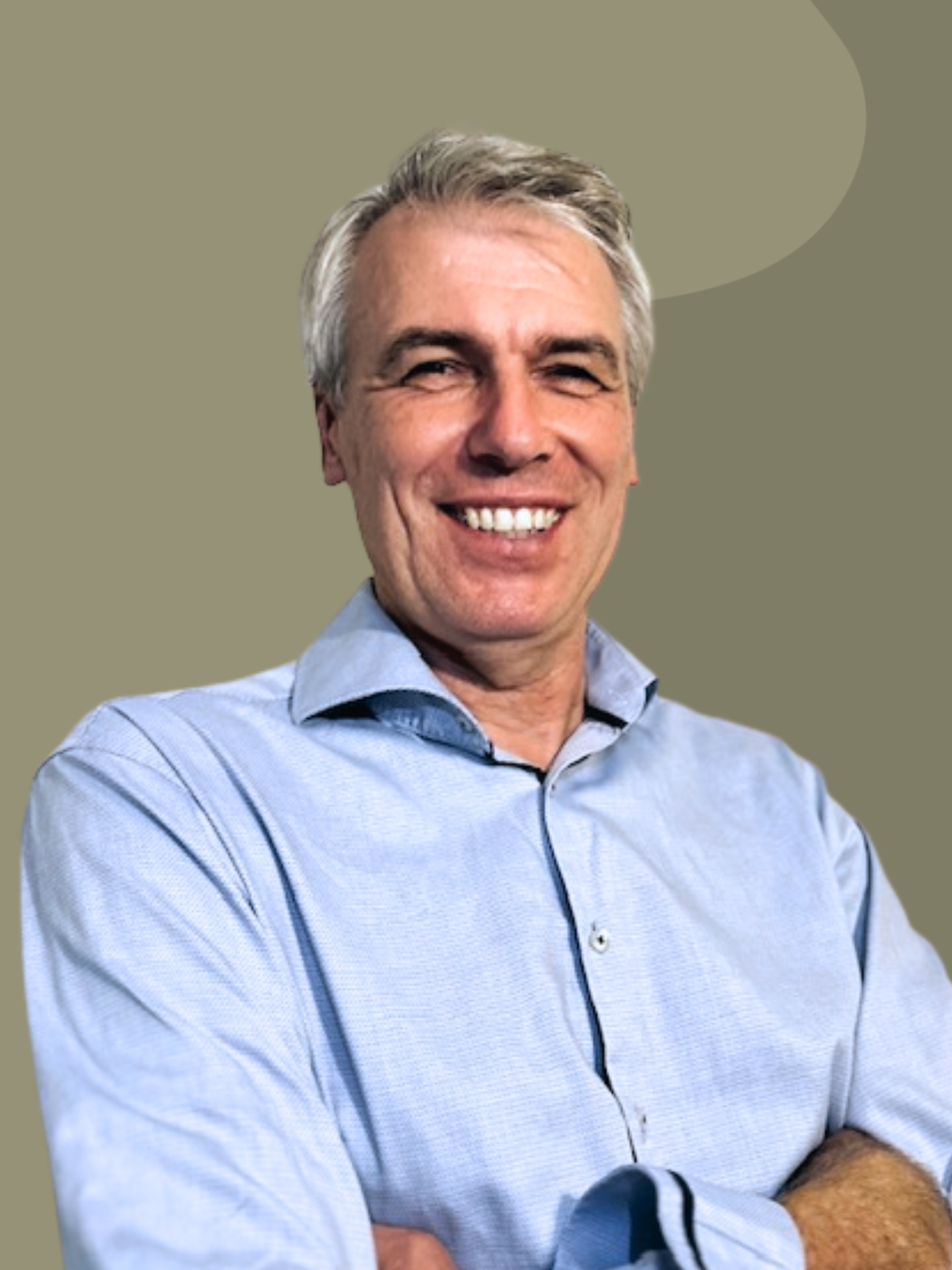BUSINESS CASE
Connected Leading at Tilburg University
There is no leadership without followership: you can only tango gracefully if you know how to lead AND how to follow.
At KennedyFitch we feel grateful and proud for the opportunity we had to work in close partnership with Tilburg University to develop the Connected Leading program. Together with Ramona van der Linden, the Tilburg University Program Manager of Connected Leading and the rest of the organization, we worked on creating the leadership vision and bringing to life the elements needed to make the desired leadership possible.
Connected Leading is a model of relating to one another at Tilburg University. “So the emphasis is not on leaders in formal leadership positions only. For us leading is an activity, as we all take the lead or choose to follow. All of us are involved in leadership” (Ramona van der Linden).
The work still continues, as Ramona van der Linden says: “We planted seeds to grow a field of flowers and perseverance is important.”
The following elements are central in Connected Leading:
(I) Self-awareness; as a person is key and often the starting point in our development effort.
(II) Leading and following alternate, as today you may be more knowledgeable than the leader and vice versa.
(III) Aim for a dialogue to solve difficult problems through trust, openness and transparency.
(IV) Be aware of the context you are working in.
(V) We listen carefully to each other and
(VI) engage in a relationship that is built on reciprocity. These elements can be applied to all employees.

Co-Creating a Leadership Mindset
Watch our interview with Mirna Zerekli, Head of Global Talent at Iveco Group, as she shares insights into the programme’s impact and the future of leadership at Iveco Group.
“I appreciate KennedyFitch’s human-centric approach in designing leadership development. I personally enjoyed the co-creation attitude that allowed us to deliver something tailormade to the needs and aspirations within our organization.”
Mirna Zerekli
Head of Global Talent Management at Iveco Group
Acknowledging the specific context
Key in our approach has been that we don’t believe in one size fits all. As KennedyFitch, we don’t have one fixed standardized method, approach or way of working. We believe in exploring together what works best here, instead of what works everywhere.
Although we all have over 20 years of experience and expertise in the field we prefer to be learners, as each organisation has a different culture and context. We rely on gathering deep organizational insights to learn how we can best support them. As Ramona van der Linden describes: “The KennedyFitch consultants were able to understand our organisation and its intricacies in a very short time. We are a complex organisation and KennedyFitch managed to bridge their understanding of us with the latest HR knowledge they bring”.
In the special, beautiful academic environment of Tilburg University we started our approach with first deeply understanding the challenging context the university is working in. In an academic environment, leadership is framed quite differently compared to e.g. the commercial/corporate world: most do not join a university to take a formal leadership role, but choose this career to create a change in the world through academic impact. As Ramona van der Linden – Program Manager Connected Leading describes: “For academic staff, leadership is not a core task. You cannot earn credits for leadership, most important is research and education”. Within an academic career track; research, publications and solid educational work are the markers of recognized excellence. Taking on a formal leadership role is sometimes seen as ‘doing your duty’, e.g. the role of department head is rotated amongst the professors in a department every few years, and finding a new volunteer is not always easy!
The need for stronger leadership, however, was felt at all levels within the university. This is actually becoming a theme at more universities, as currently also at national level universities have started to address this theme jointly. As such, we set the stage for a conversation on what is the type of leadership Tilburg University needs to operate successfully in its specific context. Instead of using anything “off-the shelf”, we co-created the approach with and for Tilburg University
Forming a tandem: we do consulting with you, not to you
The initial challenge of Tilburg University, as described by Ramona van der Linden, was that “leadership was one of the key elements in our strategic plan but we did not have a shared vision on leadership. We hoped to develop a shared understanding, something for which we could have the commitment of the organisation to build a common program and to invest in leadership development.” As a first step in the co-creation process, we embarked representatives from across all of the organization on this journey as true partners of co-creating the vision for a new leadership.
As Ramona van der Linden says: “The program was not meant to be a top-down HR initiative. HR was closely involved in the project team, but we wanted everyone’s input and commitment”. Our partnership with HR focused on creating precisely this kind of capability to confidently co-create with employees and students from all parts of the university. As we so fundamentally believe in discovering “what works best here”, one of our key roles as KennedyFitch consultants was to co-facilitate, together with the project team, the gathering of deep insights on the topic of leadership for this specific context. For most HR managers this way of working was new, and as such they had an opportunity to deepen their program management skills and leadership knowledge base. Key was the fact that we developed the vision bottom-up.
“I really enjoyed working with the experts on HRM from KennedyFitch. Instead of imposing a standard leadership model, they guided the organization in a process of defining its own vision on leadership. This co-creation process resulted in a tailor-made, broadly shared leadership vision that provides a perfect basis for leadership development in our university.”
Prof. Dr. Lex Meijdam
Professor of Tilburg School of Economics and Management
Our collaboration focused amongst others, on the following elements:
- Together with the project team we anchored Connected Leading in all people related processes, such as recruitment, performance management and onboarding.
- We supported the tedious RFP (Request for Proposal) process to select vendors for programs, as universities and public organisations are obliged to follow thorough public tendering processes.
- We supported the creation of a “Leading others” 9 months program, for people managers. Designed and delivered dedicated workshops on different themes like “Growing SelfAwareness” workshops (focussing on helping employees or teams to discover their talents and strengths; open to all employees of University Tilburg).
- We created several support mechanisms, such as a Connected Leading Team Toolbox (supporting teams to discover new ways of collaboration in self-service modus), a Connected Leading webpage and a Connected Leading library with resources and solutions for all members of the staff.
- We organized several 1½ day workshops for leadership teams to discover the Connected Leading concept through focussing on their specific situation (based on a pre-measurement) and context as a team within the university.
- And, last but not least, we organized a workshop to experience the Connected Leading elements by instructional formats from the Argentine tango. In this way employees gain insight into what the Connected Leading philosophy means to them personally.

Letting emerge the collective wisdom, prototyping and testing
Another opportunity was to work with an organisation who understood the importance of inclusiveness. “Connected Leading was meant from the beginning to be a program for everyone. Because here, at Tilburg University, we want everyone to invest in their personal leadership” (Ramona van der Linden). As such, we generated insights insideout and outside in. Inside-out by conducting almost 60 structured interviews, with University employees and students experiencing leadership form different points of view: either from a leading role or being led role. Outsidein we also tapped into the leadership expertise among professors and experts on the topic of leadership from outside the university.
We validated the very first insights during interactive sessions with the university employees, who had the opportunity to be involved along the way, testing ideas and co-creating the main Leadership Vision and its enablers. This allowed us to integrate the feedback and make updates and changes along the way.
Subsequently, the patterns, vision for a new leadership and requirements to facilitate this form of leadership were presented and tested throughout the organisation, so not only with the executive board but for example also with the university student council and the broader formal representatives’ bodies. This not only provided for very valuable input, it was also reassuring to hear that the match it had with the nuances of an academic setting were considered impressive. One important insight from the participants was that “at Tilburg University, we worked mostly work on islands. Collaboration between schools and divisions was scarce. In the Connected Leading training programs we have started to better connect people across different divisions and schools, connecting people from all parts of the organisation” (Ramona van der Linden). The actual project to create Connected Leading was a way for people to come together and realise how much more they could achieve if they could bridge the silos. In the design of our solutions, we deliberately choose to mingle academia and non-academia.
From strategic design to operational, Solutions for all
It is good to know that most of us, at KennedyFitch, only became consultants after more than 20 years of working in endresponsible roles in complex organizations. We know what is takes to translate a vision to operational, organization wide implementation. We’ve experienced it ourselves from the perspective of the client and this makes us better equipped to empathise and find a way out together.
This was also the case in our work for Tilburg University. After reaching a shared understanding of what leadership could be like, we shifted from working together on the vision to develop tangible solutions for all employees. From analysis to implementation. This is, after all, the real litmus test of whether our work adds real value in the organisation.
What matters most is that Connected Leading created a real grassroots cultural change within the organisation. It became a reference for how things should be. Ramona van der Linden describes how she started noticing that Connected Leadership was taken up as a framework of reference and part of the employees already incorporated its vocabulary and practices in different ways. It is the Northern Star for how we work together or lead a team, how to look for the right candidate for a senior vacancy, or even for developing a mentoring program. Whatever the initiative or the quest for a solution might be, the first question more and more employees and leaders ask now is “How can we do this in a Connected Leading way?” (Ramona van der Linden).
All this support was delivered by the same consultants, without additional external help. Through co-creating, designing and delivering the various solutions together with the internal colleagues from Tilburg University, making sure that Connected Leading will live on, long after KennedyFitch colleagues have left the campus.
“While working with Philippe de Bock from KennedyFitch I realized that the archetype of the strong dominant hierarchical leader is not applicable anymore in most situations. I found out that even in times of crisis, the often advocated top-down approach is less effective than leadership based on reciprocity and team-efforts.”
Prof. Dr. Geert Duysters
Professor of Entrepreneurship and Innovation
Tilburg University



